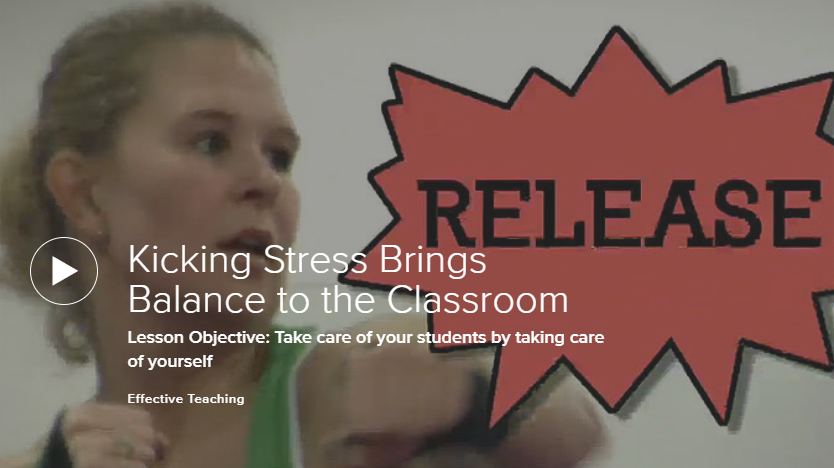Trauma in the Classroom
With the increase of schools and educators using the best practices of trauma-informed teaching, it is important to note that trauma-informed schools should include measures of care for all involved. Working with students who have experienced trauma takes a toll on teachers, support staff, specialists, and administrators in the form of secondary trauma or vicarious trauma.
But what are secondary trauma and vicarious trauma?
According toThe National Child Trauma Stress Network, “Secondary traumatic stress is the emotional duress that results when an individual hears about the firsthand trauma experiences of another.” This can happensuddenlyafter hearing aboutoneevent.
Vicarious trauma,empathy fatigue, and compassion fatigueare terms that are often used interchangeably to describe the permanent change to a service provider after multiple exposures to hearing about the traumatic experiences of others and continual empathic engagement. It can look like burnout (feelings of exhaustion, isolation, etc.), but it is much more pervasive and impacts all aspects of a service provider or educator’s life.
These arerealoccupational hazards when working with students who have experienced trauma.
How can impacts to professional individuals be mitigated?
To combat the effects of compassion fatigue or secondary trauma, taking care of the professional individual’s body, mind, and spiritisimperative. This can be done through self-care or through programs and activities developed and supported by leadership.
Check out a few great ideas:
- EXERCISE:Take a look at this teacher finding balance through exercising her BODY.

- STRESS BUSTERS: Read this article outlining some expert-recommended methods to help you calm your MIND and decrease stress.
If you would like to learn more about secondary trauma, vicarious trauma, or trauma-informed teaching, check out our courses:







